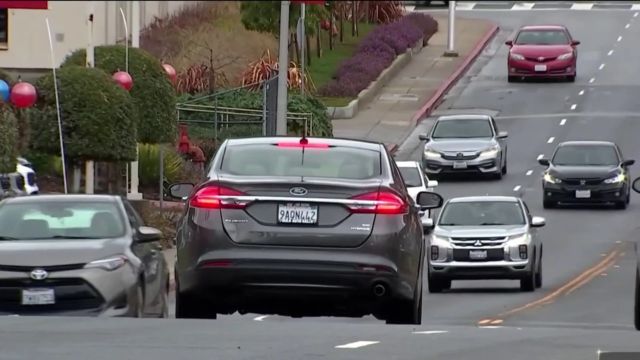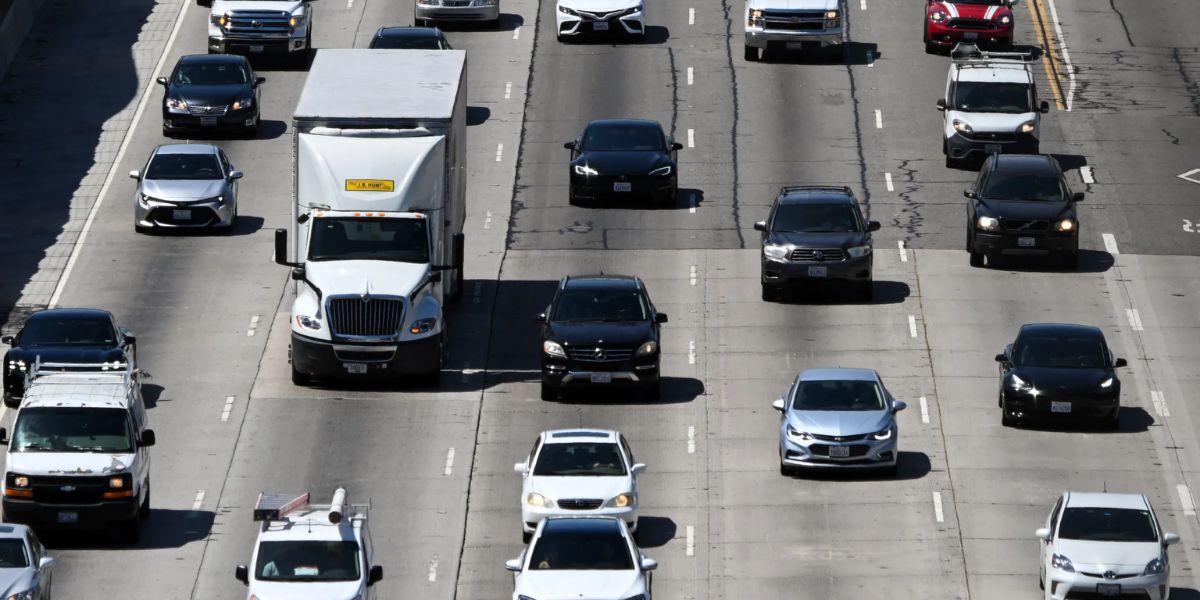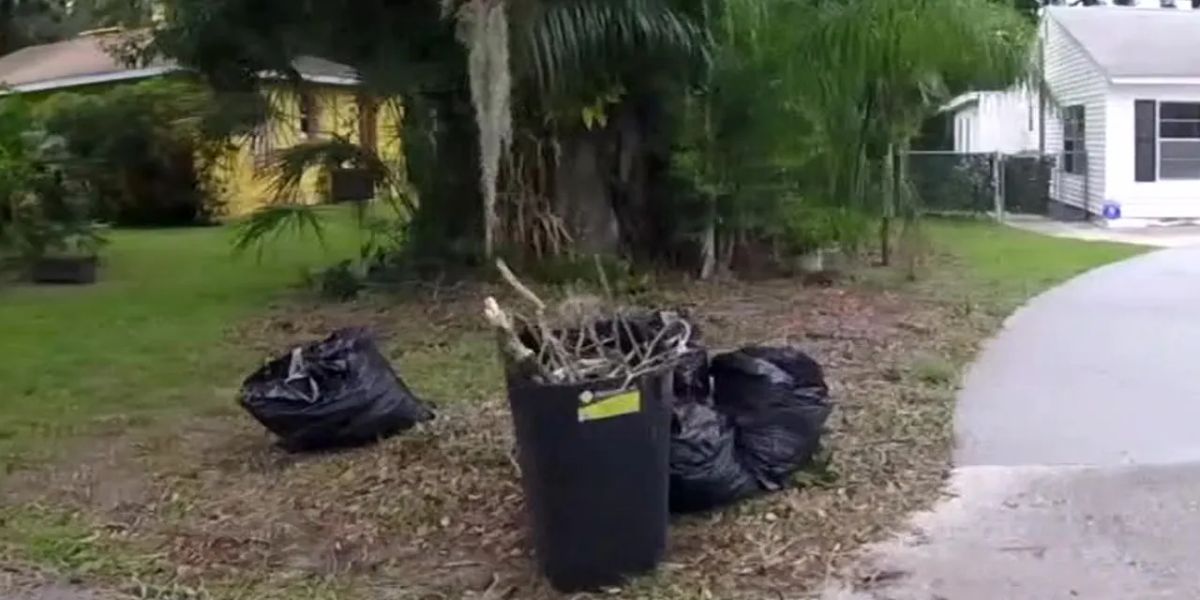A recently proposed bill in California would mandate the inclusion of speed limiters in certain cars produced or sold there.
State of California Legislation for SAFER California Streets includes a new bill presented by San Francisco Senator Scott Wiener (D) with the formal designation SB 961. The package’s goal is to lower traffic-related fatalities and injuries throughout the entire state.
A speed limitation would be installed in “every passenger vehicle, motortruck, and bus manufactured or sold in the state” as of the 2027 model year, according to SB 961. California lawmakers are taking notice of a new bill that aims to improve road safety and lower the number of traffic-related incidents.
This bill aims to make it mandatory for all cars in the state to have speed limiters installed. The law tries to address the underlying causes of accidents and promote a safer driving environment as California grapples with growing concerns about traffic safety.
History
California legislators are looking into creative ways to reduce dangers on the roads because traffic accidents and fatalities are still a major problem there.
Read More: Safer Streets Ahead: Texas Initiates Groundbreaking Traffic Safety Reforms, See What Rules Say
The purpose of the proposed bill is to increase overall road safety by preventing incidents connected to speeding by promoting the broad implementation of speed limiter technology.
Essential Elements of the Bill
These are:
1. Mandatory Speed Limiter Installation
Installing speed limiters on all cars is a must, and this requirement is the main component of the proposed legislation.

To discourage drivers from going over acceptable speed restrictions, this system would cap the fastest speed at which a vehicle can function.
2. Adjustable Speed Limits
The bill proposes an adaptable approach to speed limits, enabling law enforcement to modify them in response to various circumstances, including traffic volume, weather, and road conditions. By making sure that speed limits are appropriate for the surrounding conditions, this flexibility seeks to improve safety.
3. Possible Fuel Economy Benefits
According to the bill’s supporters, speed limiters could increase fuel economy by incentivizing drivers to drive at more constant, moderate speeds. Reducing the carbon footprint associated with excessive speeding, this is in line with wider environmental goals.
4. Collision Prevention and Road Safety
The bill’s dual goals are road safety and collision prevention. It seeks to prevent crashes by prohibiting speeding, and to lessen the severity of existing collisions. Drivers have more time to respond and avoid potential risks when they travel at slower speeds since they can stop in less time.
Controversy and Public Reaction
Many people have responded differently to the bill’s introduction; although some have expressed concern about the bill’s potential effects on driving habits and personal freedom, others have welcomed the bill’s potential safety benefits.
Supporters point to speed limiters as a preventative step to address a major contributing factor to accidents, emphasizing the possibility of fewer traffic fatalities and injuries.
Speed limiters’ efficacy in preventing all kinds of accidents is questioned by some, who contend that such regulation may violate drivers’ autonomy.
Significant testing is required to guarantee the dependability and security of the suggested speed limiter systems, and worries have also been expressed regarding possible technical hiccups.
To Conclusion
The discussion about the balance between personal freedoms and road safety is still going strong as California contemplates requiring speed limiter technology. An intricate challenge requiring great thought is finding the ideal balance between hazard avoidance and individual preference.
Strong debates over the future of traffic safety and how technology is influencing our driving behaviors are probably going to arise as the measure moves through the legislative process.




